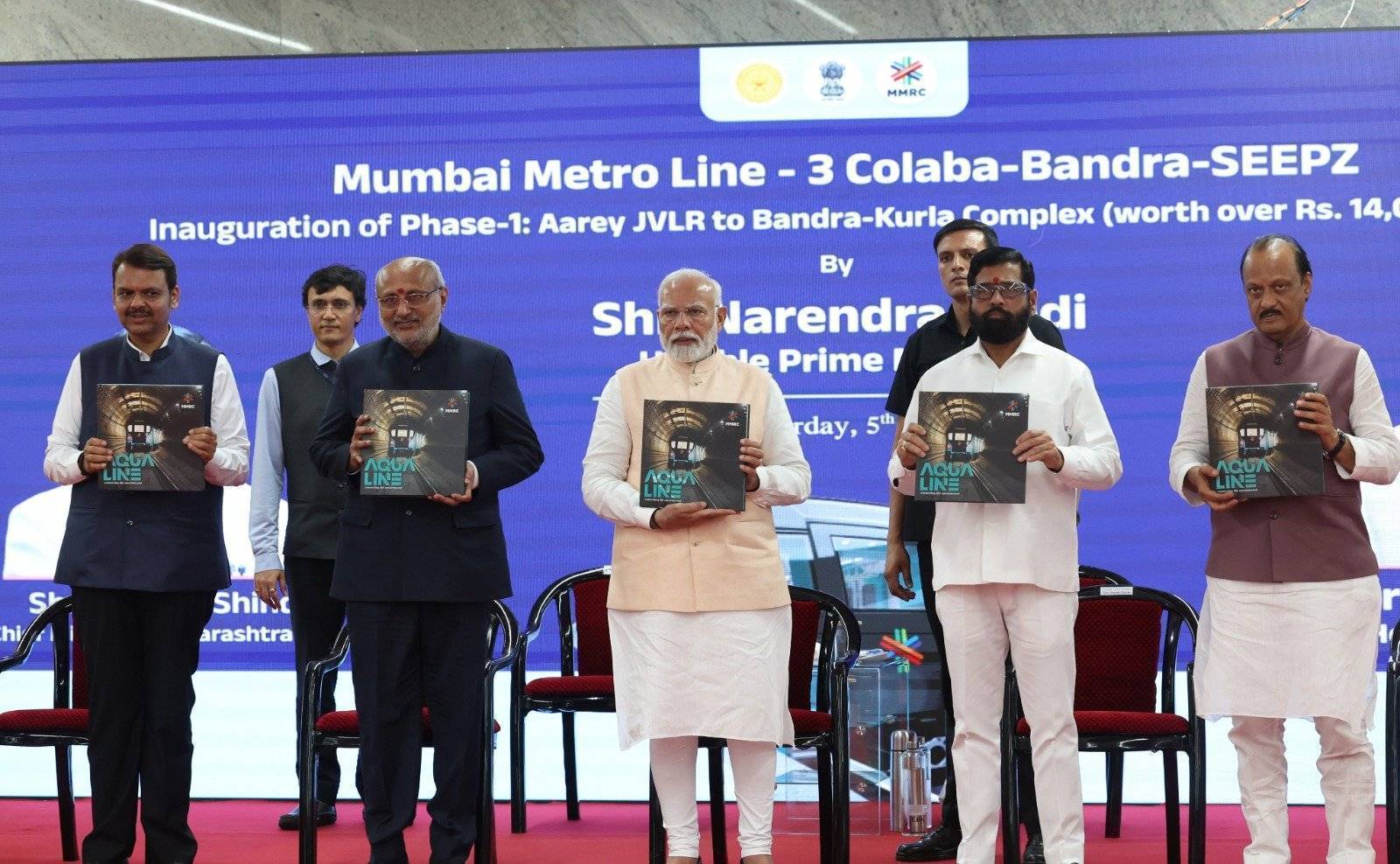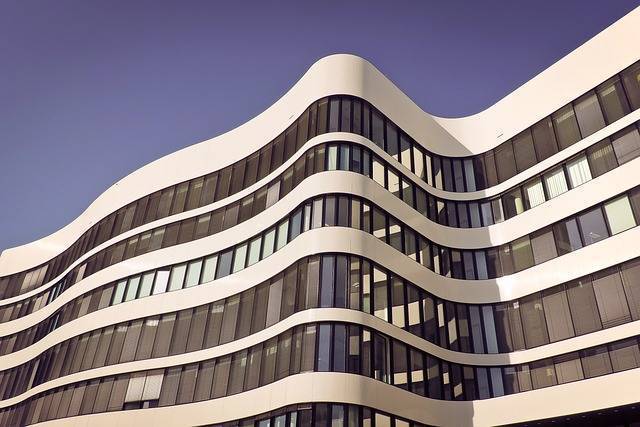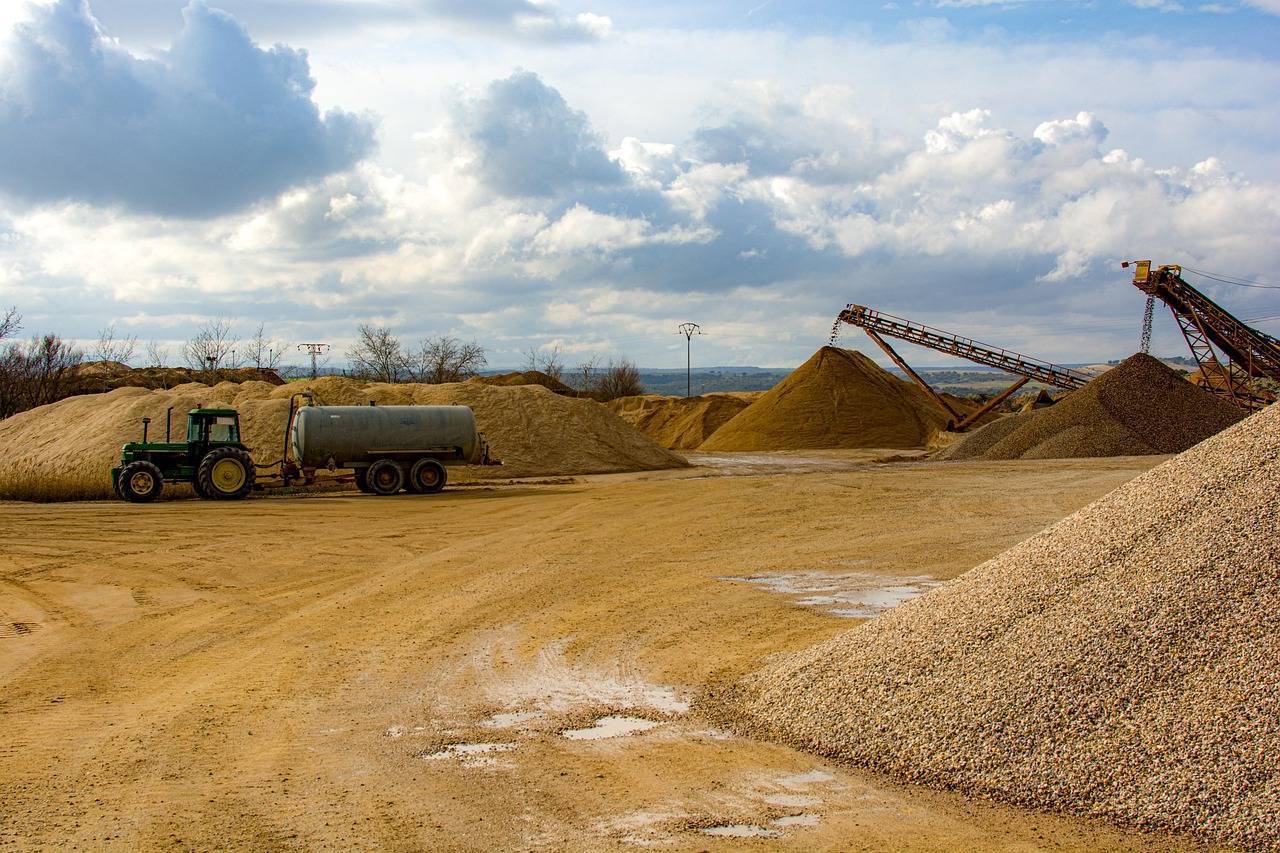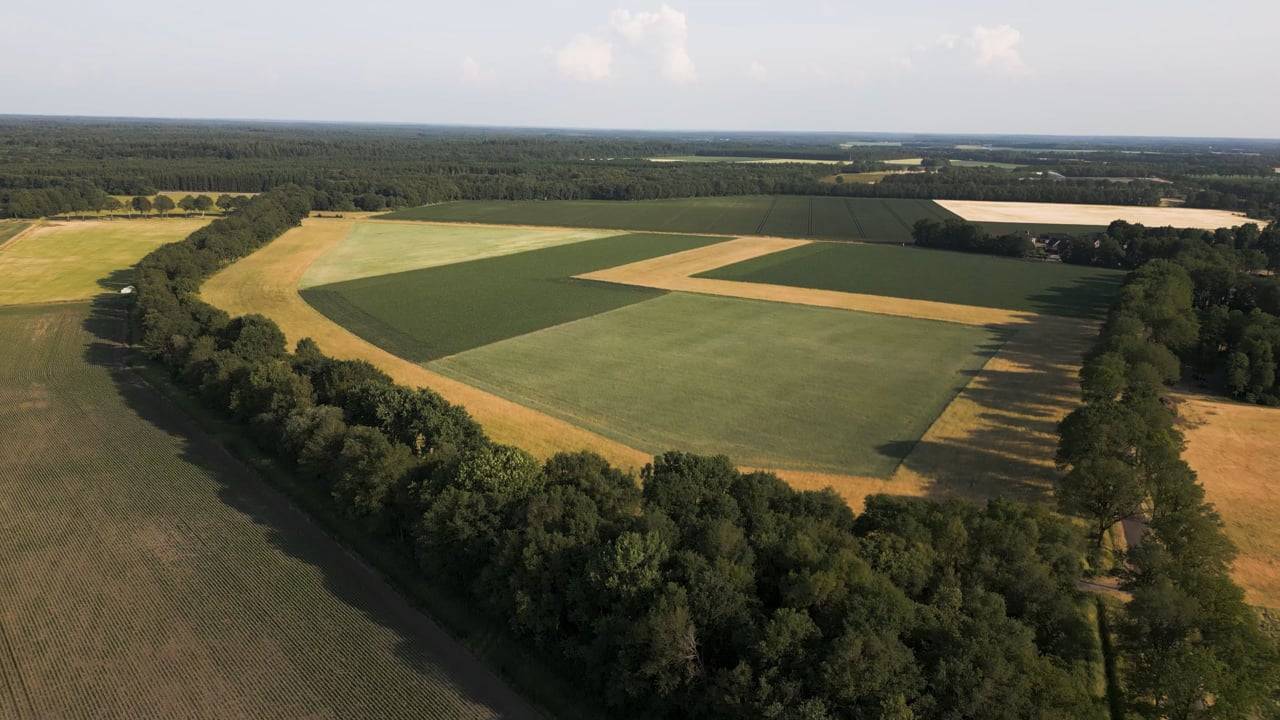The recent inauguration of Mumbai's first underground Metro Line 3, known as the Aqua Line, by Prime Minister Narendra Modi on October 5, 2024, is poised to have a significant impact on the real estate market in South Mumbai. This vital infrastructure project is expected to enhance connectivity, stimulate demand, and drive up property values in the region.
Improved Connectivity Driving Demand
The Metro Line 3 connects key areas such as Colaba, Bandra, and SEEPZ, covering a total of 33 kilometers, with a 12.69-kilometer stretch between Aarey JVLR and Bandra Kurla Complex (BKC) becoming operational. The introduction of 10 operational stations will facilitate easier commuting for residents in South Mumbai, where many professionals work in commercial hubs like BKC and Andheri.
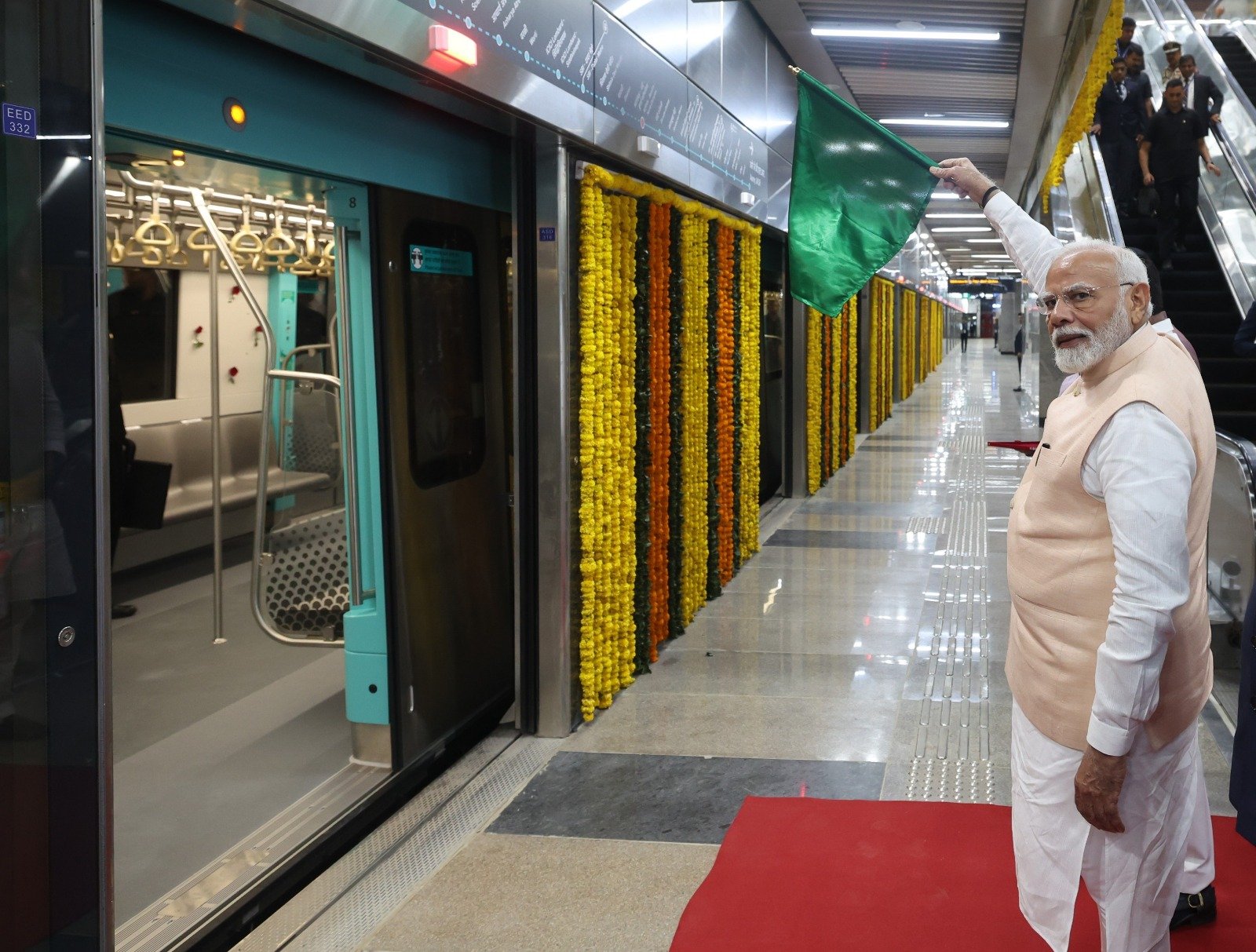
Real estate experts predict that improved connectivity will attract more homebuyers and tenants to South Mumbai. With better access to business districts, the appeal of living in this prestigious area is likely to rise, particularly among middle-class professionals and corporate executives. The enhanced transit options are expected to make South Mumbai more desirable, leading to increased demand for residential properties.
Rising Property Values
As connectivity improves, so too are the prospects for rising property values. As per realestatemumbai.com, currently, residential property rates in South Mumbai range from ₹45,000 to ₹1.50 lakh per square foot, depending on location and property age. The inauguration of Metro Line 3 is anticipated to create upward pressure on these rates due to increased demand from potential buyers and investors looking for properties in well-connected neighborhoods.
Developers are likely to respond to this increased demand by launching new projects. The expectation of higher property values will encourage investment in the region, further stimulating the local real estate market.
Impact on Commercial Real Estate
In addition to residential properties, the commercial real estate sector in South Mumbai is also expected to benefit from the metro line. With many senior executives preferring to live in South Mumbai while working in business hubs, the demand for Grade A commercial office spaces is projected to rise. This demand will be fueled by enhanced connectivity, making it easier for professionals to commute between their residences and workplaces.
As per realestatemumbai.com, the average commercial sale rate in South Mumbai ranges from ₹25,000 to ₹50,000 per square foot, while lease rents range from ₹125 to ₹250 per square foot per month. However, as the metro line enhances accessibility, there is potential for rental rates to increase, especially in prime areas like BKC, where rates have already risen to between ₹250 and ₹500 per square foot. The improved connectivity is likely to spur developers to invest in new commercial projects, addressing the need for modern office spaces.
Development Opportunities in Nariman Point
The Mumbai Metro Rail Corporation (MMRC), responsible for constructing Metro Line 3, plans to monetize a 4.2-acre plot in Nariman Point through a long-term lease. This site previously housed various political party offices, which have since relocated. The MMRC aims to raise at least ₹5,173 crore from this development, which will be instrumental in financing ongoing metro projects and fulfilling financial commitments to the Japan International Cooperation Agency.
The Nariman Point plot has a development potential of approximately 1.6 million square feet, with over 1.13 million square feet earmarked for rehabilitation. A global request for proposals has been issued for this project, with a bid submission deadline set for November 27, 2024. The successful development of this site is expected to further energize the commercial real estate market in Nariman Point once the metro line is fully operational.
Long-term Real Estate Trends
As Metro Line 3 becomes fully operational, the long-term implications for South Mumbai's real estate market are profound. Enhanced accessibility to key areas will not only increase the attractiveness of residential neighborhoods but also support the growth of commercial developments.
Real estate experts, including industry leaders, suggest that areas like Dadar, Worli, and Bandra could see increased property prices due to their improved connectivity to major business hubs. The expectation is that developers will focus on creating more integrated projects, aligning residential offerings with the needs of a growing workforce seeking proximity to their workplaces.
Way Forward
The inauguration of Mumbai Metro Line 3 marks a pivotal moment for South Mumbai's real estate market. By significantly improving connectivity, the metro line is set to drive demand for both residential and commercial properties, resulting in higher property values and stimulating new developments in the region. As South Mumbai becomes an increasingly attractive destination for homebuyers and businesses alike, the positive ripple effects of this infrastructure project will likely be felt for years to come.
Image source-x.com

